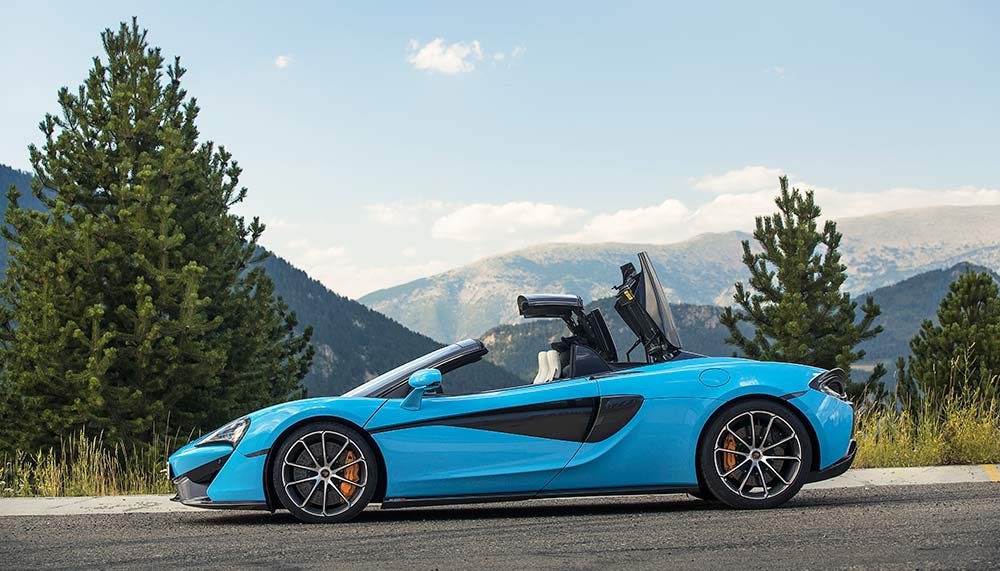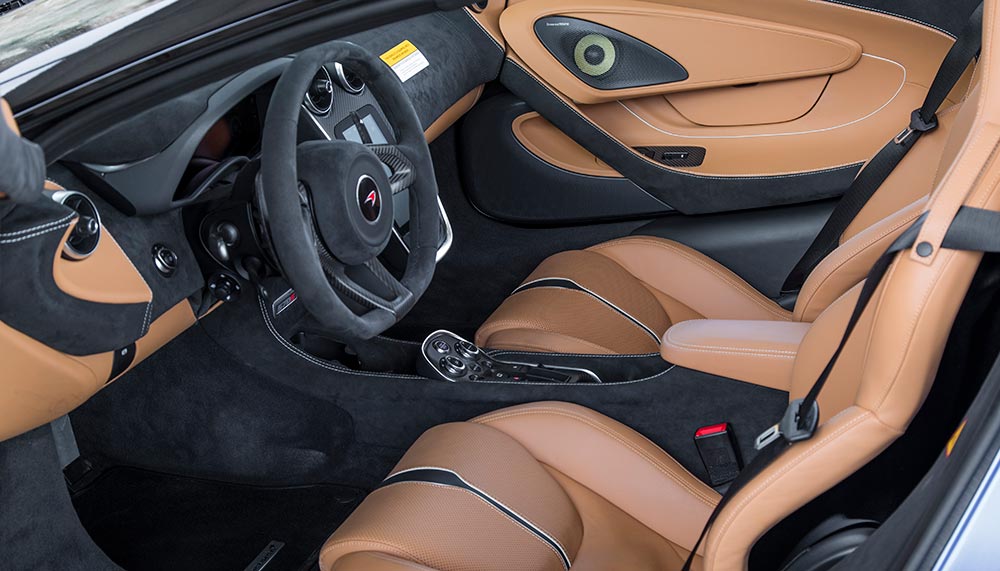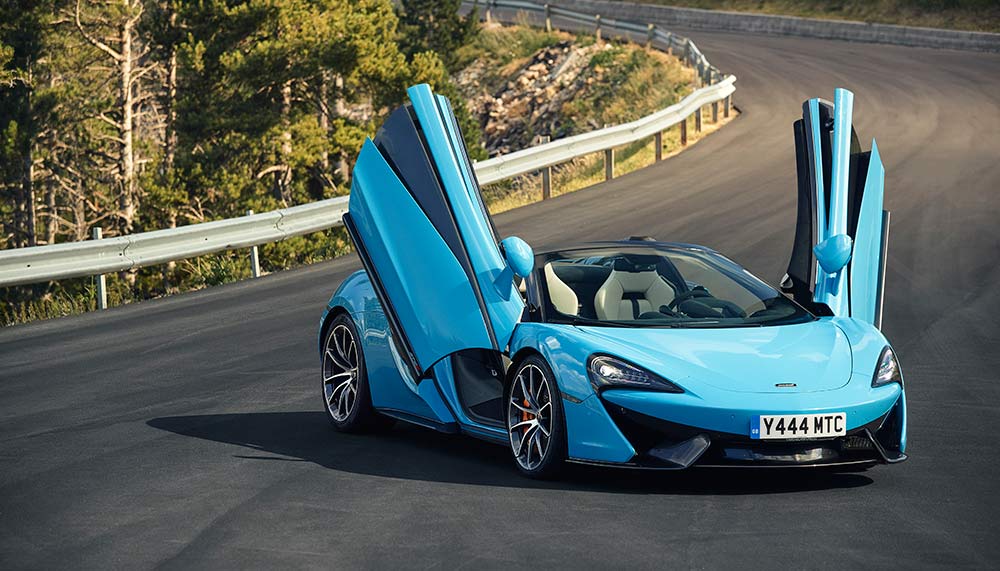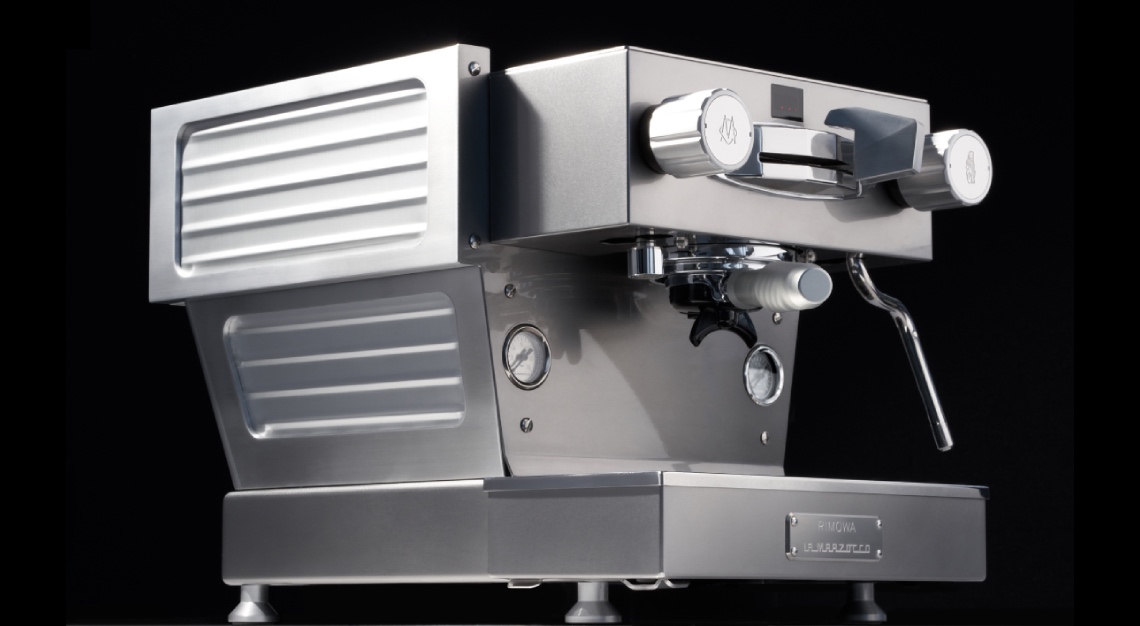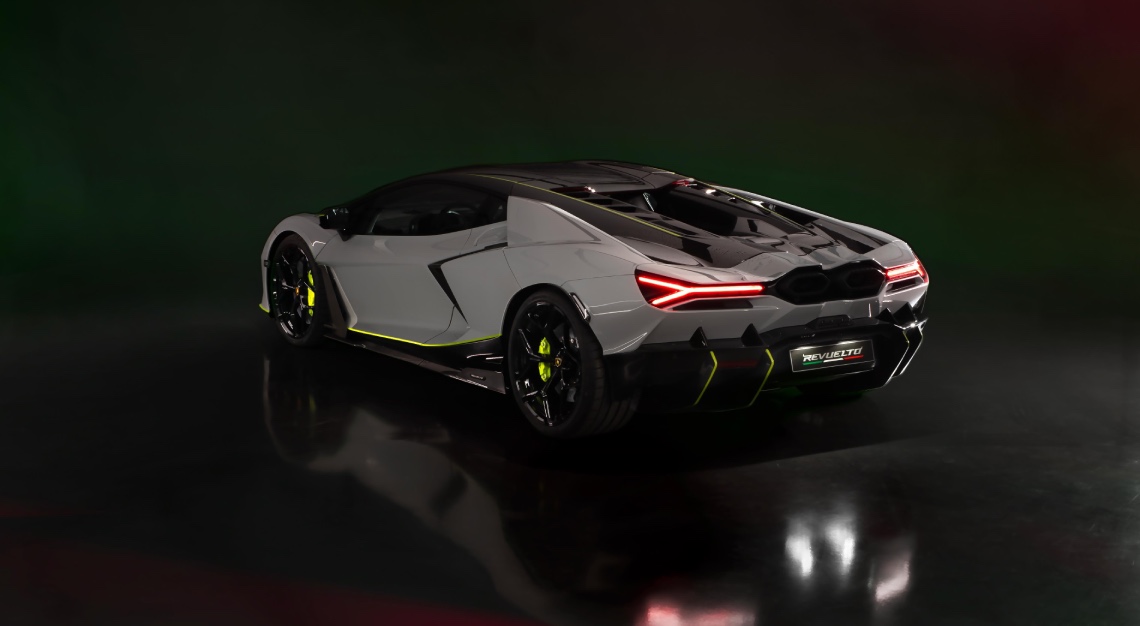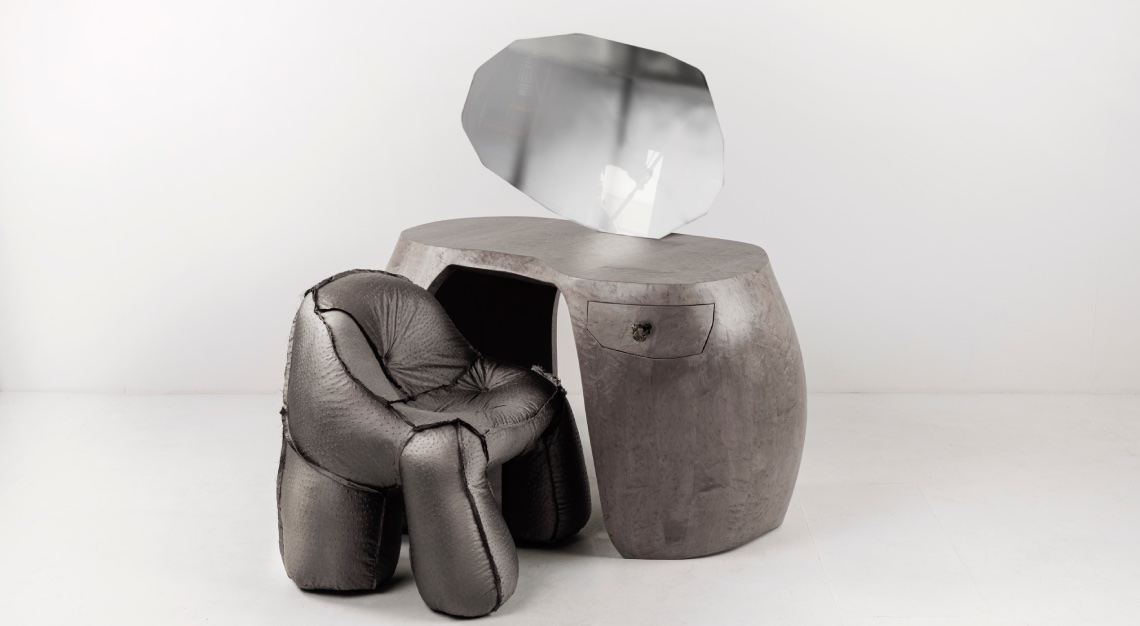All-conquering Spider
The most difficult cars to write about aren’t the terminally flawed ones, but the ones that flirt with perfection. It’s easy to pick at cars that don’t live up to their hyperbolic press materials, but it’s far harder to write about the ones that actually do live up to the hype. One such car is the McLaren 570S Spider.
“A convertible without compromise” trumpets McLaren about the fourth member of its Sports Series family, and after having spent a day driving it around the Catalonian hills, I can confirm the British carmaker is fully justified in saying so.
It’s so uncompromised, the McLaren 570S Spider even retains its coupe stablemate’s beetle-wing doors, or dihedral doors in McLaren-speak. This is something that some other sports cars equipped with exotic door mechanisms lose in the transition to toplessness.
Another thing the McLaren 570S Spider doesn’t have over the McLaren 570S Coupe is too much weight gain. The dreaded convertible weight bloat, caused by the stiffness of the carbon fibre chassis, is kept to a minimum – the McLaren 570S Spider is just 46kg heavier than the Coupe, with all the added pounds coming solely from the electrically operated roof and its associated mechanisms.
The McLaren 570S Spider’s top speed of 328km/hr and 3.2-second 0-100km/hr time is unchanged from the Coupe’s, as is the 3.8-litre twin-turbo V8 engine’s output of 562bhp. As you might expect from the lightest car in its segment (its 1,359kg dry kerb weight is 150kg lighter than the Lamborghini Huracan RWD Spyder), performance is blistering.
There’s a hint of turbo lag in the lower reaches of its rev range, but this is only a problem when crawling along in the city. Out in the Catalonian countryside, turbo lag is a moot point because keeping the McLaren 570S Spider at a simmer is practically criminal. That’s mostly because its steering is a thing of beauty. It’s a touch too heavy for my liking, but it has the right amount of quickness and its accuracy makes hard driving less of a physical and more of a subliminal experience.
That said, the electro-hydraulic rack can get wearisome after a while. There’s a constant buzz coming through the wheel, along with kickback and tramlining over rougher roads. But that flaw, I’m willing to concede, is down to personal preference.
What I can’t find fault with, however, is the McLaren 570S Spider’s suspension. There’s no other carmaker in the business right now that makes cars that cruise highways with the pliancy of a big GT that also happens to have racecar-grade control in the twisties. In a neat little plot twist, the McLaren 570S Spider is even more practical than the Coupe, with 52 litres available under the tonneau cover with the roof up.
Given its sheer pace, composure and traffic-stopping looks, this makes the McLaren 570S Spider pretty darn near flawless. It’s telling that my biggest gripe with the car is how the infotainment system’s touchscreen is hard to read under bright sunlight, a factor of the relatively shallow screen angle.
In the interest of balance, the 570S Spider, in spite of all its strengths, doesn’t have universal appeal. The Ferrari 488 Spider’s feisty personality will provide a more involving experience, and the Porsche 911 Turbo S Cabriolet’s suite of chassis/driver aids will make even complete duffers feel like driving gods.
But for what it’s worth, the McLaren 570S Spider has few, if any, objective chinks in its armour. A convertible without compromise, indeed.
Fun Fact: The McLaren 670S won our Car Of The Year 2016


